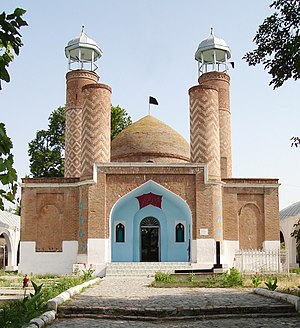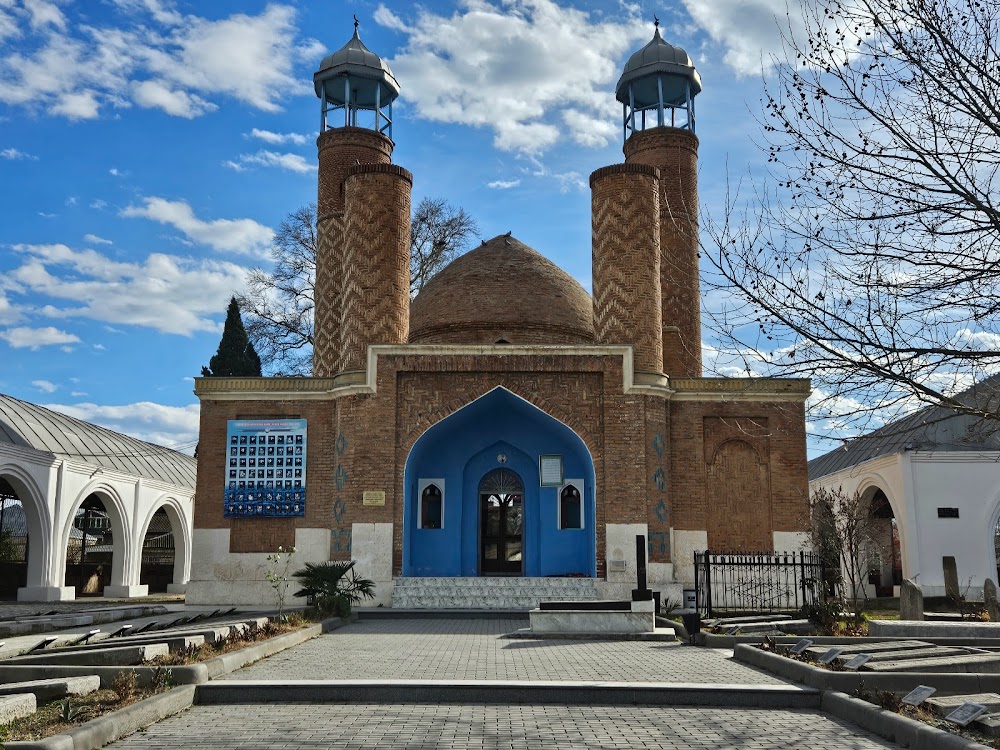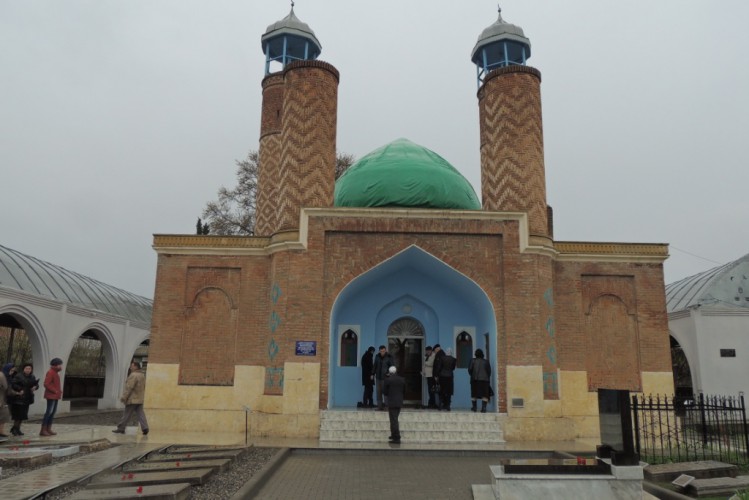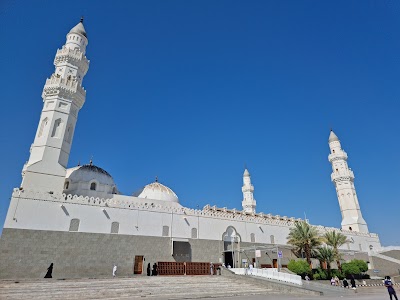Imamzadeh Complex (İmamzadə Kompleksi)
Overview
Imamzadeh Ismail's shrine, nestled in the Barda District of Azerbaijan, stands as a remarkable historical and cultural monument. This awe-inspiring complex, believed to date back to the early Islamic period, showcases the architectural brilliance of its time. Imamzadeh Ismail is thought to be a descendant of Imam Musa al-Kadhim, the seventh of the Twelve Imams revered in Shia Islam, adding a layer of spiritual significance to the site.
A Rich Historical Background
Construction of the Imamzadeh Complex commenced around the late 8th or early 9th century, a period marked by the flourishing of Islamic culture in the region. The artisans and builders involved in creating this shrine were exceptionally skilled, demonstrating the intricacies inherent in Islamic architecture. Expert stonemasons and craftsmen from various parts of the Islamic world collaborated on the project, utilizing locally sourced materials like stone and fired brick, which contribute to the shrine's enduring beauty.
Architectural Marvel
The layout of the Imamzadeh Complex is thoughtfully crafted, reflecting both spiritual and aesthetic values. At its heart lies a central domed building adorned with intricately carved stone and brickwork, drawing visitors' gazes upward in admiration. The dome itself is an engineering feat, gracefully resting atop a square base and symbolizing the connection between heaven and earth.
Inside the shrine, guests are welcomed by stunning tile work and calligraphy that embellish the walls and ceilings. These artistic elements not only enhance the visual allure of the shrine but also convey religious themes and historical tales. The exquisite use of blue and white tiles in floral and geometric patterns adds a serene and divine touch to the interior spaces.
Visitor Amenities and Surroundings
Encircling the main shrine are auxiliary buildings and courtyards designed to meet the needs of pilgrims and visitors. These facilities include prayer halls, ablution areas, and resting spots, all harmoniously integrated with the complex's architectural style. Lush gardens adorn the courtyards, providing a tranquil setting for contemplation and prayer.
Over the centuries, the Imamzadeh Complex has seen numerous restorations aimed at preserving its grandeur and structural integrity. Each restoration effort has been executed with meticulous care to maintain the original design and materials, ensuring that the historical essence of the shrine remains intact. These collaborative efforts often involve local authorities, historians, and artisans, underscoring a collective commitment to safeguarding cultural heritage.
A Center of Community and Learning
The Imamzadeh Complex serves not just as a place of worship but also as a hub for community gatherings and religious education. It stands as a beacon of Islamic learning, hosting a variety of religious events, lectures, and classes that attract scholars and students from across the region. Its significance extends beyond architectural beauty; it is a focal point for the spiritual and cultural life of the local community.
In recent years, the Imamzadeh Complex has garnered recognition as a tourist attraction, inviting visitors eager to immerse themselves in Azerbaijan's rich historical and cultural tapestry. The local government has undertaken efforts to promote the shrine's significance and ensure accessibility for all who wish to appreciate its splendor.
A Cherished Landmark
Imamzadeh Ismail's shrine is a remarkable testament to Islamic architecture and cultural heritage. Its enduring beauty and historical importance continue to inspire both locals and visitors, marking it as a cherished landmark in the Barda District of Azerbaijan. The story of its construction and the meticulous care taken to preserve it over the centuries serve as a testament to the lasting legacy of Islamic art and architecture.







